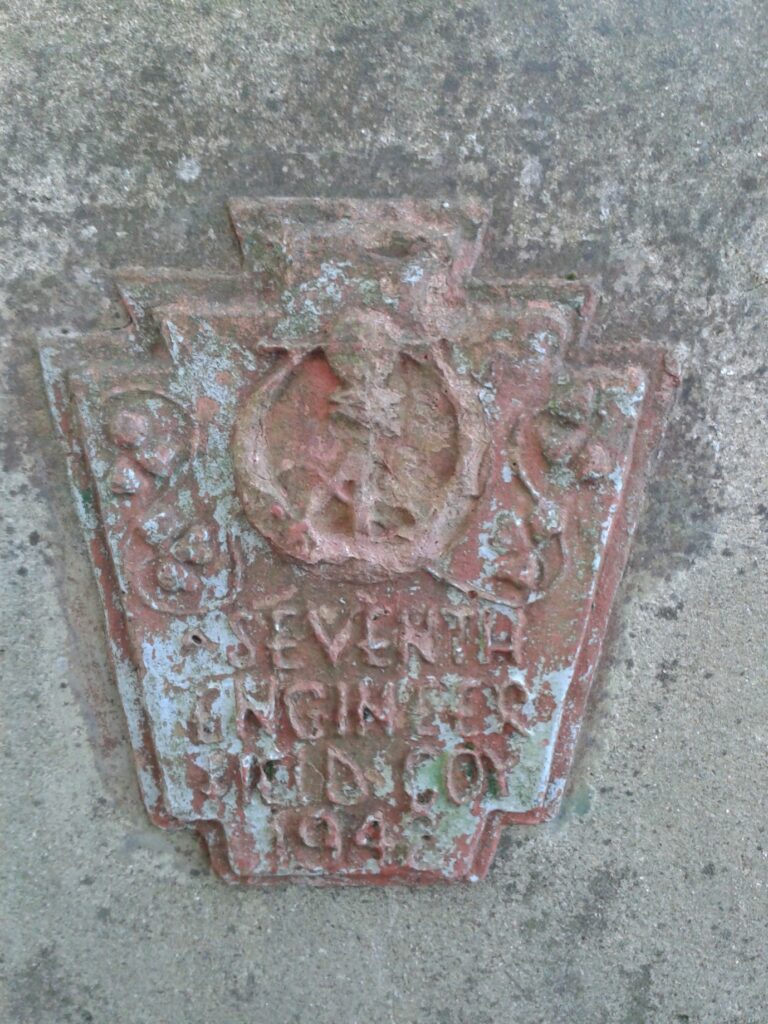This Story is:
The story of our Footbridge
In 1941, the 12th Desmond Infantry Battalion of the Irish Army arrived in Castleconnell. It was the height of World War Two and a state of emergency had been declared in Ireland.
Many of the big houses in the area, on both sides of the river, were converted into military barracks and the seventh Field Engineer Company was called in to build a footbridge downstream from the ferry. This was to enable the movement of troops between the counties of Limerick and Clare and to aid in the protection of Ardnacrusha Power station and Parteen Weir at O’Briensbridge
The wooden bridge was three hundred foot across and built on reinforced concrete pillars. Locals recount that the wood was salvaged from a demolished Tobacco shed at Doonass House in Co. Clare and the bridge was completed in a matter of months. It opened for daily public use, except for one day each year when it was closed so as to break any claim to a right of way.
In 1945, the 12th battalion moved on and in line with the policy of the armed forces, the Military Bridge, as it had become known, was to be dismantled and removed. However, a group of business people and locals met with the commanding officer and asked that the bridge be left in place. Their request was granted and the footbridge today remains under the protection of Limerick City and County Council. A small plaque at the entrance to the footbridge serves to remind us of the army’s presence in Castleconnell.
The footbridge has become an integral part of the village and today continues to be used by the communities of Clonlara and Castleconnell to get to work, go shopping or attend mass. The alternative is the route by road via O’Briensbridge – about 20 kms!


